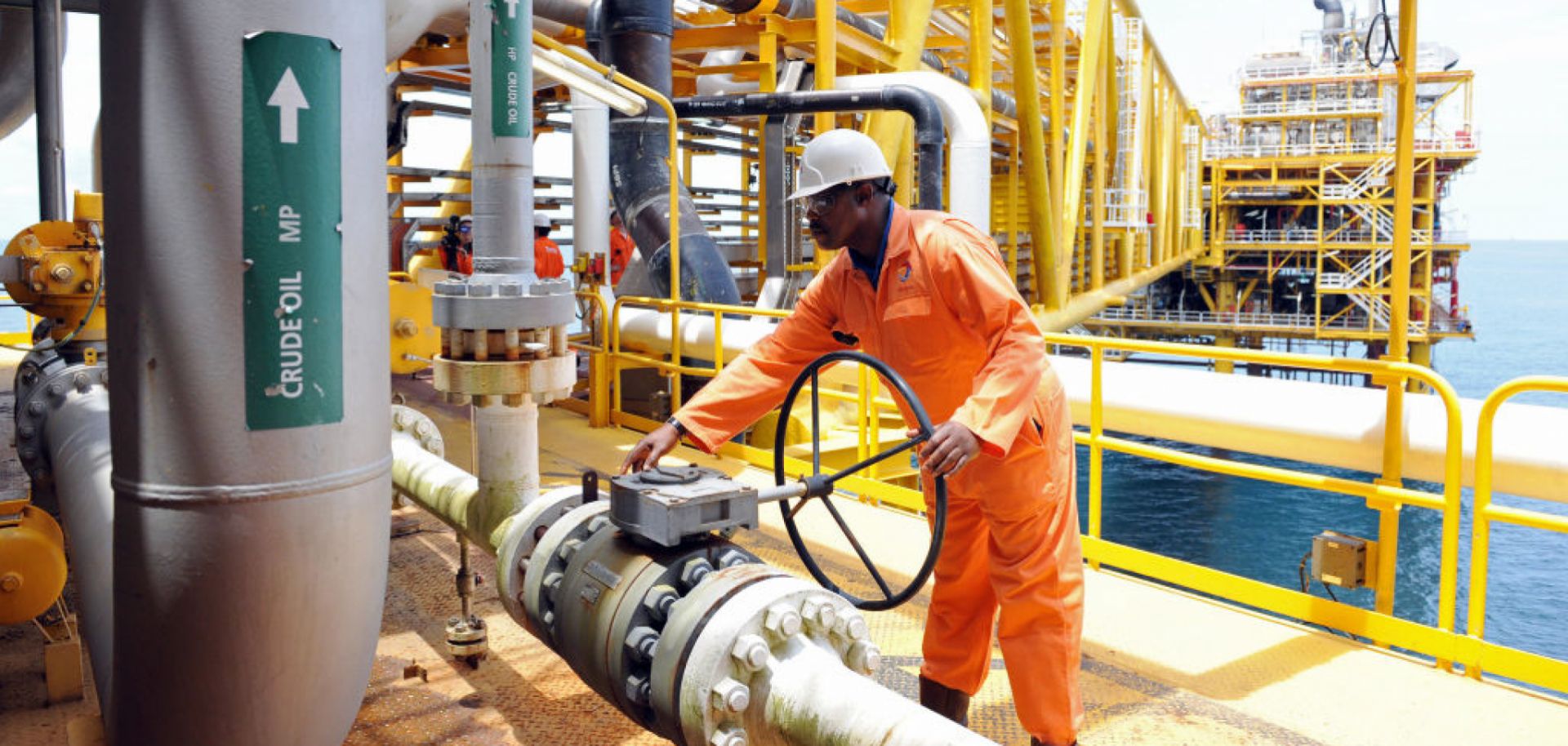Russia is poised to reignite its lunar ambitions with the imminent launch of its first lunar landing spacecraft in nearly five decades.
The nation’s eyes are set on claiming the glory of being the first to softly touch down on the moon’s south pole, a potentially historic feat that could unveil substantial water ice deposits.
For centuries, the moon’s arid nature, drier than the Sahara desert, has intrigued astronomers.
Recent revelations have transformed this understanding. In 2018, NASA unveiled maps displaying water ice in moon’s shadowy regions, while 2020 marked the year of confirmation that water exists even in sunlit areas.
The countdown has begun for the Soyuz 2.1v rocket to bear the Luna-25 craft, propelling from the Vostochny cosmodrome, located 3,450 miles (5,550 km) east of Moscow.
Scheduled for liftoff at 02:11 Moscow time on Friday, it is anticipated to delicately land on the lunar surface on August 23, as disclosed by Russia’s space agency.
This daring venture not only heralds Russia’s return to lunar exploration, its first since 1976, but it’s also a race against the clock as India successfully launched its Chandrayaan-3 lunar lander last month.
This pursuit is part of a broader competition involving the United States and China, both boasting advanced lunar exploration programs.
Professor of History at Fordham University, Asif Siddiqi said, “This endeavor carries immense significance. Russia’s lunar aspirations embody a blend of motives, primarily showcasing its global standing.”
While Neil Armstrong’s iconic 1969 moonwalk remains etched in history, it was the Soviet Union’s Luna-2 in 1959 that initially reached the moon’s surface. The Luna-9 achieved a soft landing in 1966.
Moscow subsequently shifted focus to Mars exploration, with post-Soviet Russia unable to surpass Earth’s orbit since 1991.
Luna-25 assumes extraordinary importance, given Russia’s resilience despite Western sanctions following the Ukraine conflict.
alluding to Russia’s space program’s struggles in recent decades, Saddiqi said, “Picture this: Russia prevails, India’s probe prospers – a remarkable scenario.”
The lunar landscape, a canvas explored by major players like the US, China, India, Japan, and the EU, witnessed yet another chapter.
Despite Japanese and Israeli setbacks in 2019 and 2020, respectively, no nation has achieved a gentle landing at the moon’s south pole.
This rugged terrain, though challenging, offers the tantalizing prospect of uncovering water ice – a resource pivotal for potential fuel, oxygen, and sustenance.
Head of Luna-25’s planning group, Maxim Litvak, underscored the mission’s scientific pursuit, “To land where none have before is paramount.”
Signs of lunar ice in the landing zone, observed from orbital data, further fuel the excitement as Luna-25’s mandate extends beyond a mere touch-and-go, planning to operate on the moon for an entire Earth year.
The Russian space agency, Roskosmos, projects a five-day journey to the moon.
Lunar orbit occupancy spans 5-7 days before the craft descends, potentially edging out its Indian counterpart.
Chandrayaan-3’s fortnight experiment window contrasts Luna-25’s year-long tenure.
Luna-25, a 1.8-ton marvel with 31 kg of scientific apparatus, is equipped to excavate rock samples from depths up to 15 cm.
A thirst for water ice discovery drives this endeavor, and its versatile instruments delve into lunar regolith and exosphere, promising valuable insights.
Russia’s moonshot had simmered for decades. A launch initially set for October 2021 faced delays of almost two years.
Meanwhile, the European Space Agency’s involvement waned after Russia’s Ukraine involvement.











